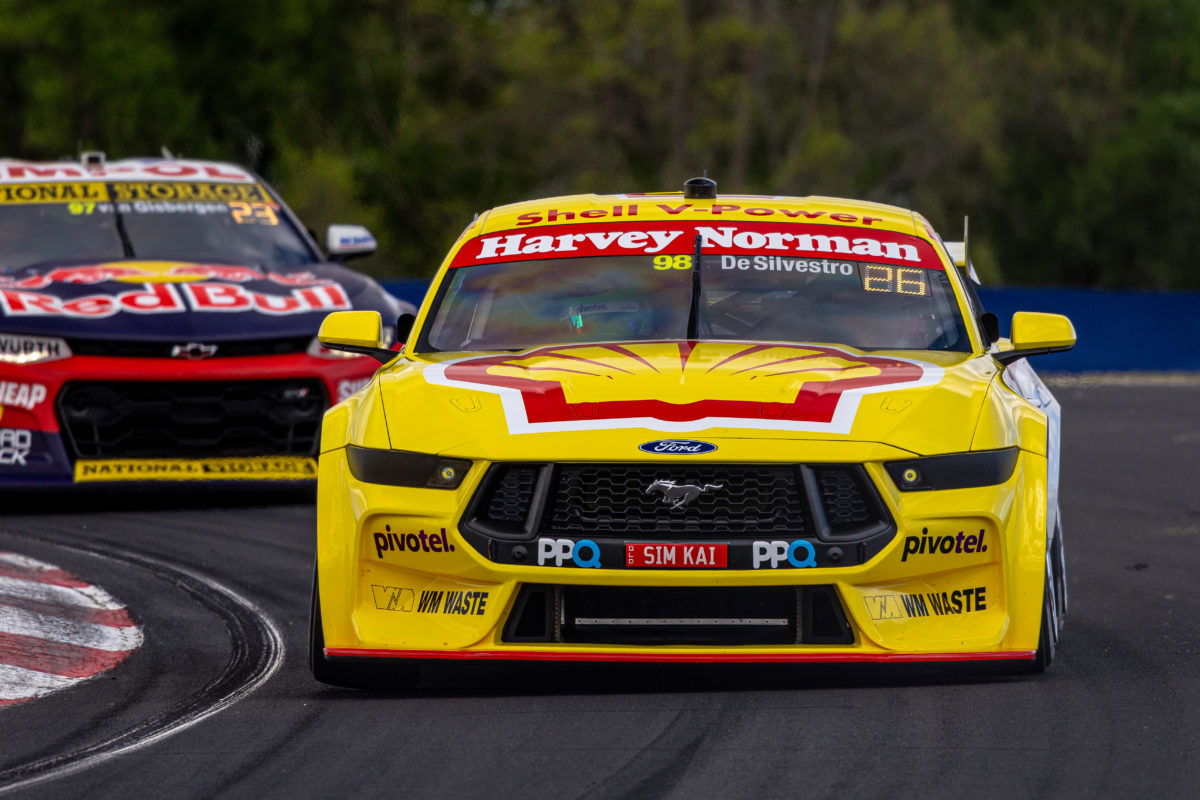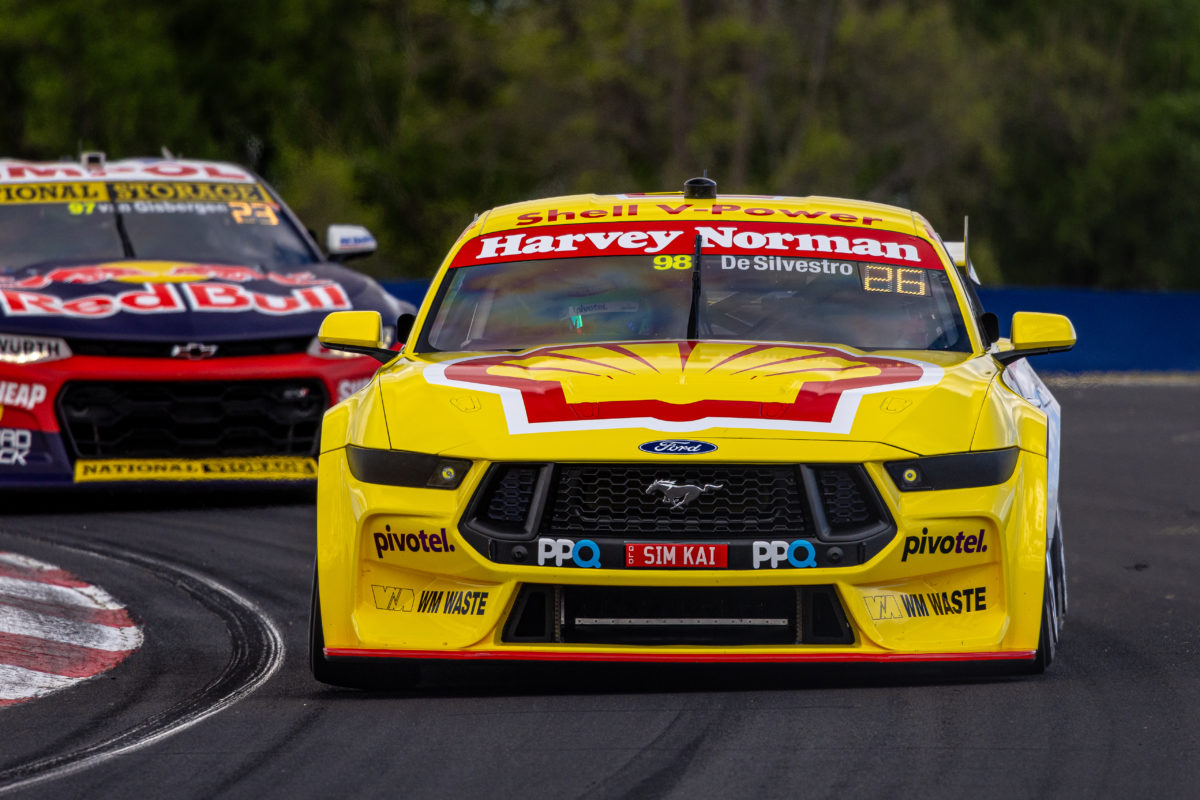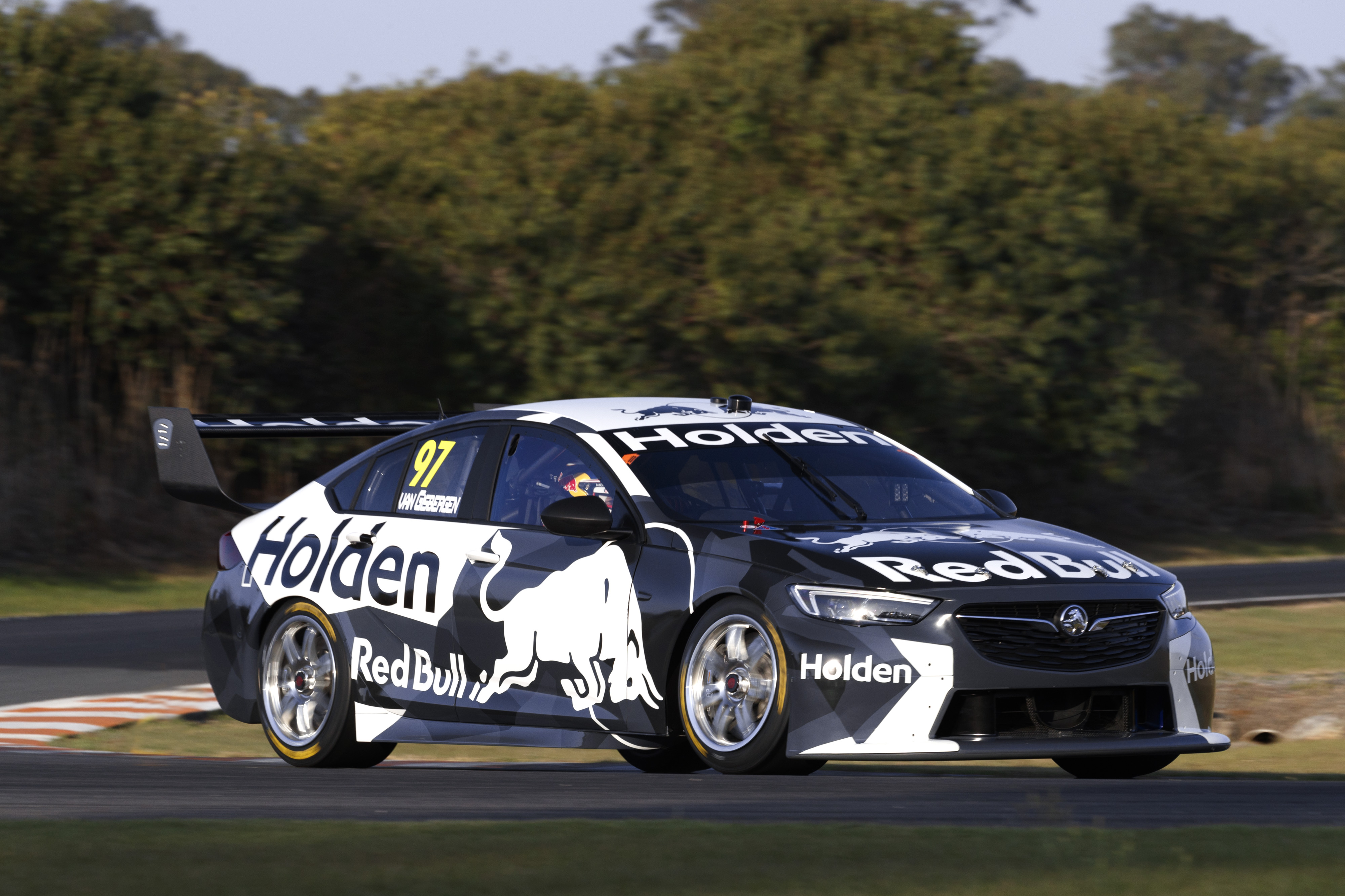

After the most controversial build-up to the Bathurst 1000 in decades, Speedcafe can exclusively reveal the workings of the Supercars parity trigger at the centre of it all.
Ford and its teams fought hard for changes to the bodywork on the Mustang in order to bring it closer, they claim, towards parity with the Chevrolet Camaro.
According to Supercars’ statement on the controversy, their bid was unsuccessful because all teams, including those fielding Camaros which make up 56 percent of the Teams Racing Charter holders (14 out of 25), did not consent to the change.
However, that consent was necessary because the trigger point has not yet been reached.
Regardless of critiques of VCAT, regardless of the significance of the CFD data, and regardless even of claims about if/where the parity trigger system exists in Supercars’ regulations and/or the TRC, it was the stated basis of the Townsville aero changes and, so Chevrolet figures claim, the system to which all teams had agreed.
The trigger is a creation of the TEGA days, originally for use in the Project Blueprint era which began in 2003, but has been brought into action this year and also was during 2019, the last season of great parity controversy.
Much like cricket’s Duckworth/Lewis System, it is intricate, but ultimately reliant on very simple calculations.
The key to the parity trigger is the ‘modified 60-second lap time,’ and the threshold of one tenth of a second per those 60.
The concept is necessary because Supercars races at different circuits and, needless to say, lap times vary from circuit to circuit.
‘Modified 60-second lap time’ may read as gobbledygook, but think of it this way: it is like a percentage, but out of 60 rather than 100.
For example, at Mount Panorama, a lap time is roughly 2:06s.
That is 126 seconds and so, if we were to scale it back to the modified 60-second lap time, we simply divide everything by 2.1 (that being 126 divided by 60).
If exactly 2:06.0000s is the benchmark, then a ‘slow’ real-world lap time for the purpose of the exercise is 2:06.2100s – because if we also divide 0.21s by 2.1, we get exactly a tenth of a second.
As Supercars has confirmed, a parity review is triggered if, based on the modified 60-second lap time, one model of car is too slow compared to the other in “five consecutive races or five of eight.”
To figure that out, all of the lap times set in a race are entered into a spreadsheet (presumably).
Excel does its thing and calculates an average lap time per driver.
For the Camaro drivers, we then average that average, and the same goes for the Mustang drivers.
The lower of those averages is used as the base, scaling up or down so we have our modified 60-second lap time.
What we are left with is one figure per model of car: 60 for the faster one, and a larger figure for the slower one.
If that larger figure is 60.1 or more, the trigger has been hit.
If the trigger is hit enough times (five out of eight races), then a parity review is triggered.
Before we go any further, a few points should be highlighted.
One, the trigger is based on lap times, rather than results.
Two, the lap times are from race sessions only.
Three, hitting the trigger point enough times only forces a review, not necessarily technical changes; the review may well establish that one particular set of teams is simply doing a better job than another.
As for the averages referred to above, this is where the parity trigger system becomes more complicated.
Not every car is included for the purpose of calculating that average and, for those cars that are, not every lap is included.
On best intel, the system is thought currently to be the top six Camaros versus the top six Mustangs in each race (based on lap times), and the fastest 25 percent of laps for each of those cars.
By taking only the fastest 25 percent of laps, one would reasonably expect to exclude the standing lap, Safety Car periods, in and out laps, driver errors and other incidents, the back end of long stints on badly worn tyres, and probably more.
It makes sense if we are trying to get an indication of the innate quality of a particular model of vehicle.
We know that the final race of June’s Hidden Valley event triggered a parity review, so let us look at Race 15 of the season.
Taking the top six for each model, and with Race 15 being 35 laps long, one would average out each car’s fastest nine laps, then average those averages for the Camaros and Mustangs.
For the Camaro, the average lap time is 1:08.2068s; for the Mustang, it is 1:08.4202s.
That means the Camaro takes the modified 60-second lap time and, using that scale, the Mustang’s modified lap time becomes 60.1878s.
Thus, the trigger point is hit.
To reiterate, while the lap time data is publicly available, the cut-off in terms of fastest cars and fastest laps which Supercars is using this year is unconfirmed.
If those cut-offs are different, then it may well change the result in terms of whether or not the trigger point has been hit in any given race.
Somone has to decide what those cut-offs are – someone even has to decide if the rule is five races in eight, or four in six, or whatever – and that is a discussion in itself.
However, by examining how the parity trigger system works, it goes a long way to explaining why Chevrolet teams dug in their heels over the Ford camp’s request for a change.
It is certainly not the whole story, but it is a not insignificant part of the story.
In the meantime, while cars have hit the track, barbs continue to be fired, including suggestions of sandbagging on the part of the Chevrolet teams.
Practice 3 starts at 10:00 local time/AEDT.




















Discussion about this post